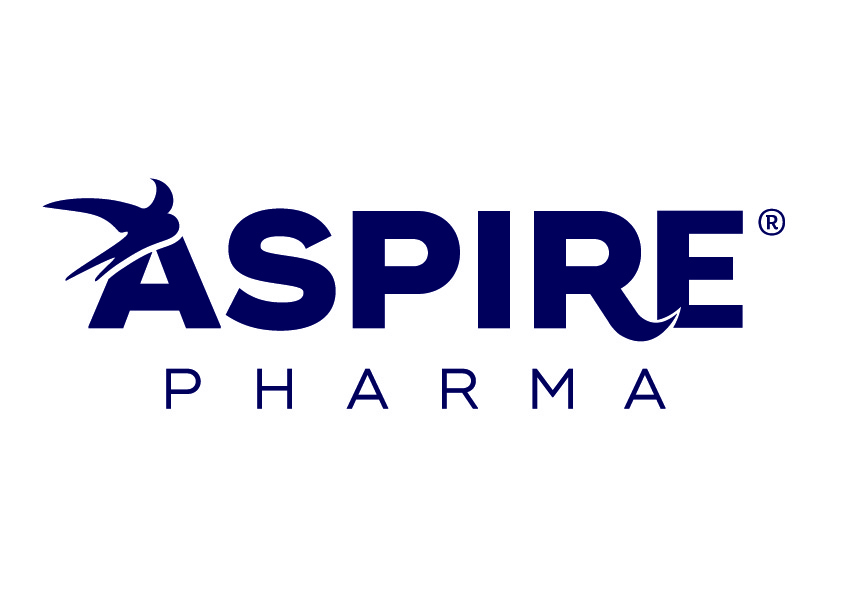Posology
Adults (including the elderly) and children
One to two drops applied topically to each affected eye up to six times daily or more frequently if required. To decrease the risk for recurrent infection, treatment should continue for an additional 2 days after symptoms disappear. The maximum recommended treatment duration is 14 days.
Paediatric population
Dosage adjustment may be necessary in newborn infants because of reduced systemic elimination due to immature metabolism and the risk of dose-related adverse effects. The maximum duration of treatment is 10-14 days.
Systemic absorption may be reduced by compressing the lacrimal sac at the medial canthus for a minute following instillation of the drops.
Method of administration
For ocular use.
Eykappo eye drops solution is a sterile solution that does not contain a preservative.
Patients should be instructed to wash their hands before use and avoid allowing the tip of the container to come into contact with the eye or surrounding structures as this could cause injury to the eye.
Patients should also be instructed that ocular solutions, if handled improperly, can become contaminated by common bacteria known to cause ocular infections. Serious damage to the eye and subsequent loss of vision may result from using contaminated solutions.

